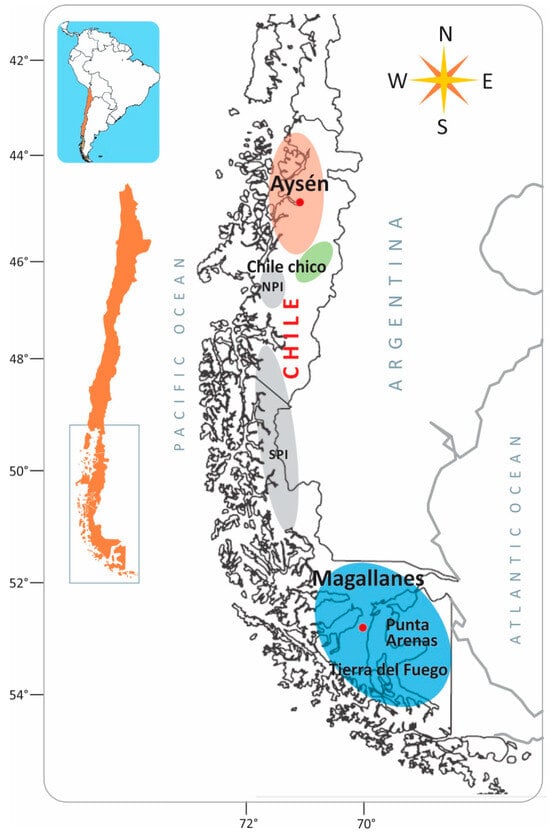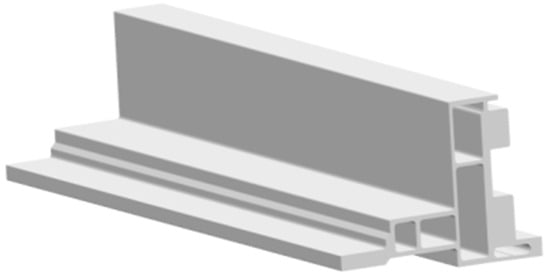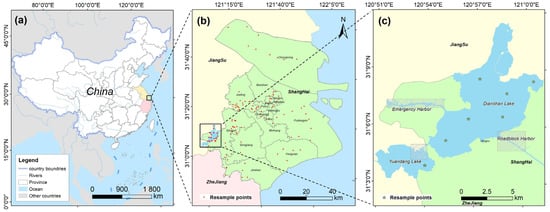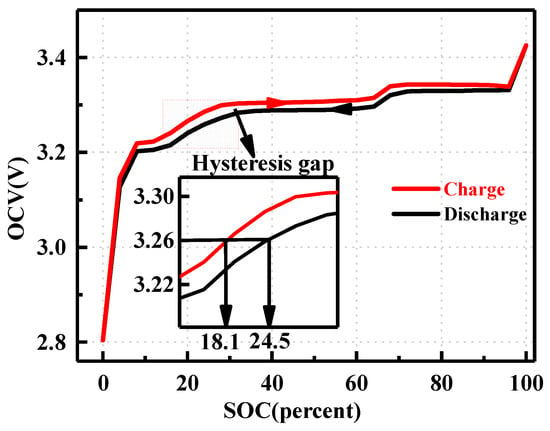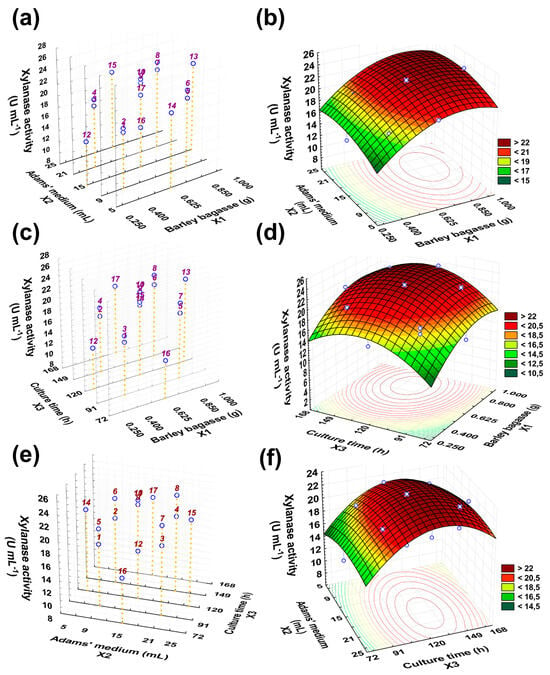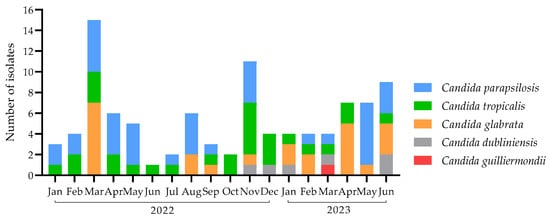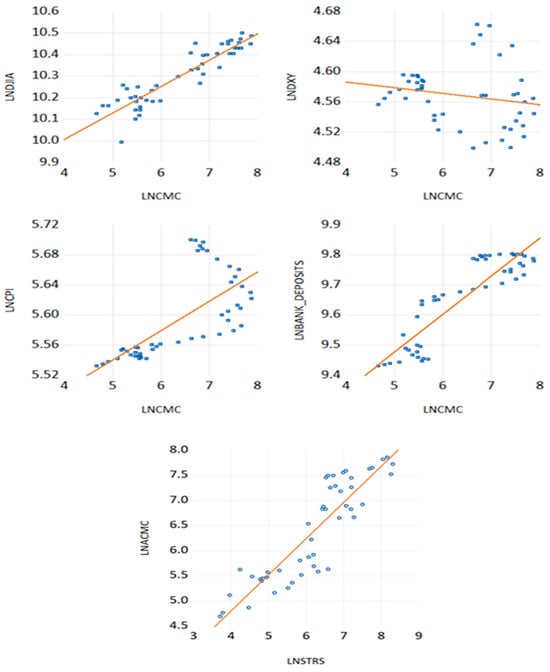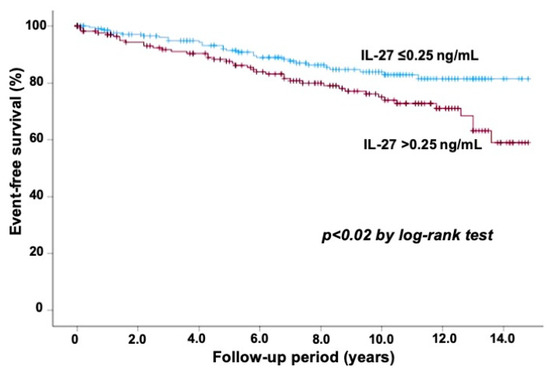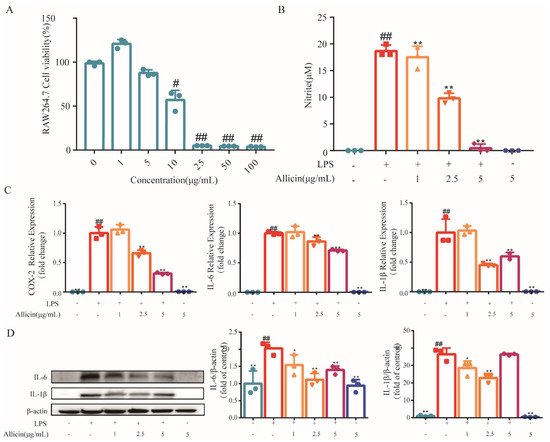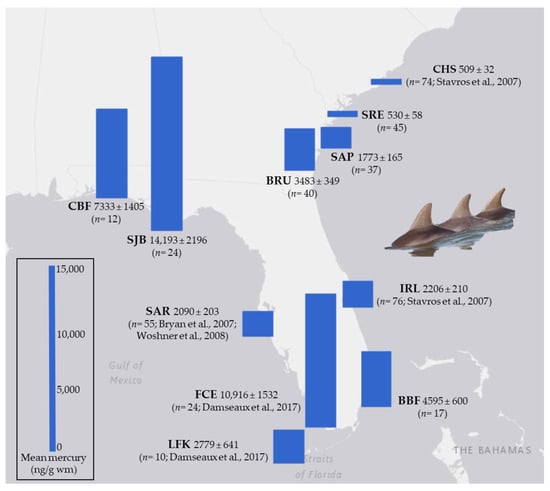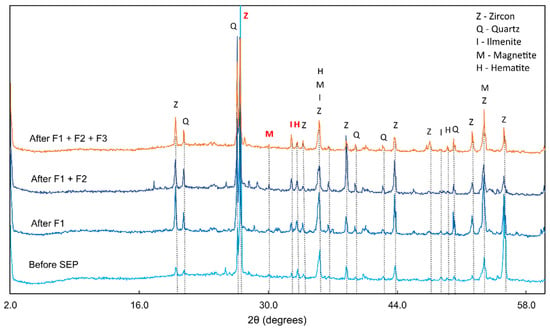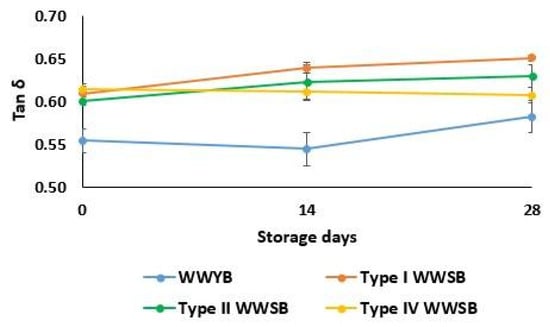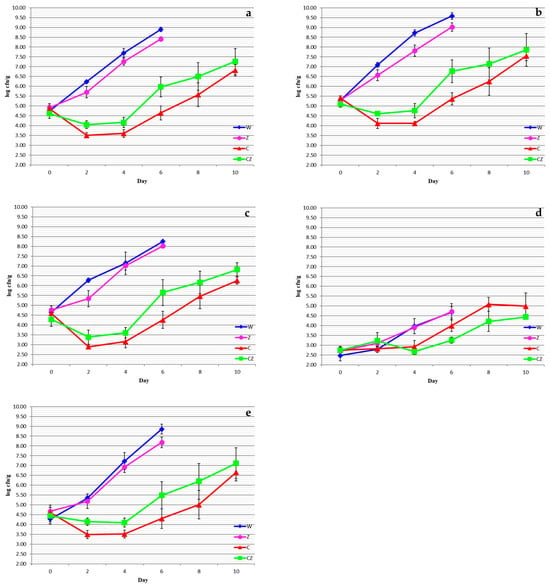Objective: Lower extremity ischemia-reperfusion injury (IRI) may occur with trauma-related vascular injury and various vascular diseases, during the use of a tourniquet, in temporary clamping of the aorta in aortic surgery, or following acute or bilateral acute femoral artery occlusion. Mitochondrial dysfunction and increased basal oxidative stress in diabetes may cause an increase in the effects of increased reactive oxygen species (ROS) and mitochondrial dysfunction due to IRI. It is of great importance to examine therapeutic approaches that can minimize the effects of IRI, especially for patient groups under chronic oxidative stress such as DM. Cerium oxide (CeO
2) nanoparticles mimic antioxidant enzymes and act as a catalyst that scavenges ROS. In this study, it was aimed to investigate whether CeO
2 has protective effects on skeletal muscles in lower extremity IRI in mice with streptozocin-induced diabetes.
Methods: A total of 38 Swiss albino mice were divided into six groups as follows: control group (group C,
n = 6), diabetes group (group D,
n = 8), diabetes–CeO
2 (group DCO,
n = 8), diabetes–ischemia/reperfusion (group DIR,
n = 8), and diabetes–ischemia/reperfusion–CeO
2 (group DIRCO,
n = 8). The DCO and DIRCO groups were given doses of CeO
2 of 0.5 mg/kg intraperitoneally 30 min before the IR procedure. A 120 min ischemia–120 min reperfusion period with 100% O
2 was performed. At the end of the reperfusion period, muscle tissues were removed for histopathological and biochemical examinations.
Results: Total antioxidant status (TAS) levels were found to be significantly lower in group DIR compared with group D (
p = 0.047 and
p = 0.022, respectively). In group DIRCO, total oxidant status (TOS) levels were found to be significantly higher than in group DIR (
p < 0.001). The oxidative stress index (OSI) was found to be significantly lower in group DIR compared with group DCO (
p < 0.001). Paraoxanase (PON) enzyme activity was found to be significantly increased in group DIR compared with group DCO (
p < 0.001). The disorganization and degeneration score for muscle cells, inflammatory cell infiltration score, and total injury score in group DIRCO were found to be significantly lower than in group DIR (
p = 0.002,
p = 0.034, and
p = 0.001, respectively).
Conclusions: Our results confirm that CeO
2, with its antioxidative properties, reduces skeletal muscle damage in lower extremity IRI in diabetic mice.
Full article
 IJMS
IMPACT
IJMS
IMPACT Applied Sciences
IMPACT
Applied Sciences
IMPACT Sustainability
IMPACT
Sustainability
IMPACT Sensors
IMPACT
Sensors
IMPACT JCM
IMPACT
JCM
IMPACT Energies
IMPACT
Energies
IMPACT Molecules
IMPACT
Molecules
IMPACT Materials
IMPACT
Materials
IMPACT Remote Sensing
IMPACT
Remote Sensing
IMPACT Cancers
IMPACT
Cancers
IMPACT Electronics
IMPACT
Electronics
IMPACT Mathematics
IMPACT
Mathematics
IMPACT Foods
IMPACT
Foods
IMPACT Buildings
IMPACT
Buildings
IMPACT Plants
IMPACT
Plants
IMPACT Nutrients
IMPACT
Nutrients
IMPACT Animals
IMPACT
Animals
IMPACT Polymers
IMPACT
Polymers
IMPACT Water
IMPACT
Water
IMPACT Diagnostics
IMPACT
Diagnostics
IMPACT Biomedicines
IMPACT
Biomedicines
IMPACT Agronomy
IMPACT
Agronomy
IMPACT Microorganisms
IMPACT
Microorganisms
IMPACT Processes
IMPACT
Processes
IMPACT Healthcare
IMPACT
Healthcare
IMPACT Forests
IMPACT
Forests
IMPACT Cells
IMPACT
Cells
IMPACT JMSE
IMPACT
JMSE
IMPACT Medicina
IMPACT
Medicina
IMPACT Viruses
IMPACT
Viruses
IMPACT Agriculture
IMPACT
Agriculture
IMPACT Nanomaterials
IMPACT
Nanomaterials
IMPACT IJERPH
IJERPH
 Land
IMPACT
Land
IMPACT Pharmaceutics
IMPACT
Pharmaceutics
IMPACT Pharmaceuticals
IMPACT
Pharmaceuticals
IMPACT Religions
IMPACT
Religions
IMPACT Biomolecules
IMPACT
Biomolecules
IMPACT Life
IMPACT
Life
IMPACT Micromachines
IMPACT
Micromachines
IMPACT Atmosphere
IMPACT
Atmosphere
IMPACT Antioxidants
IMPACT
Antioxidants
IMPACT Genes
IMPACT
Genes
IMPACT Metals
IMPACT
Metals
IMPACT Symmetry
IMPACT
Symmetry
IMPACT Children
IMPACT
Children
IMPACT Coatings
IMPACT
Coatings
IMPACT Vaccines
IMPACT
Vaccines
IMPACT Horticulturae
IMPACT
Horticulturae
IMPACT Education Sciences
IMPACT
Education Sciences
IMPACT Minerals
IMPACT
Minerals
IMPACT Brain Sciences
IMPACT
Brain Sciences
IMPACT JPM
IMPACT
JPM
IMPACT Bioengineering
IMPACT
Bioengineering
IMPACT




